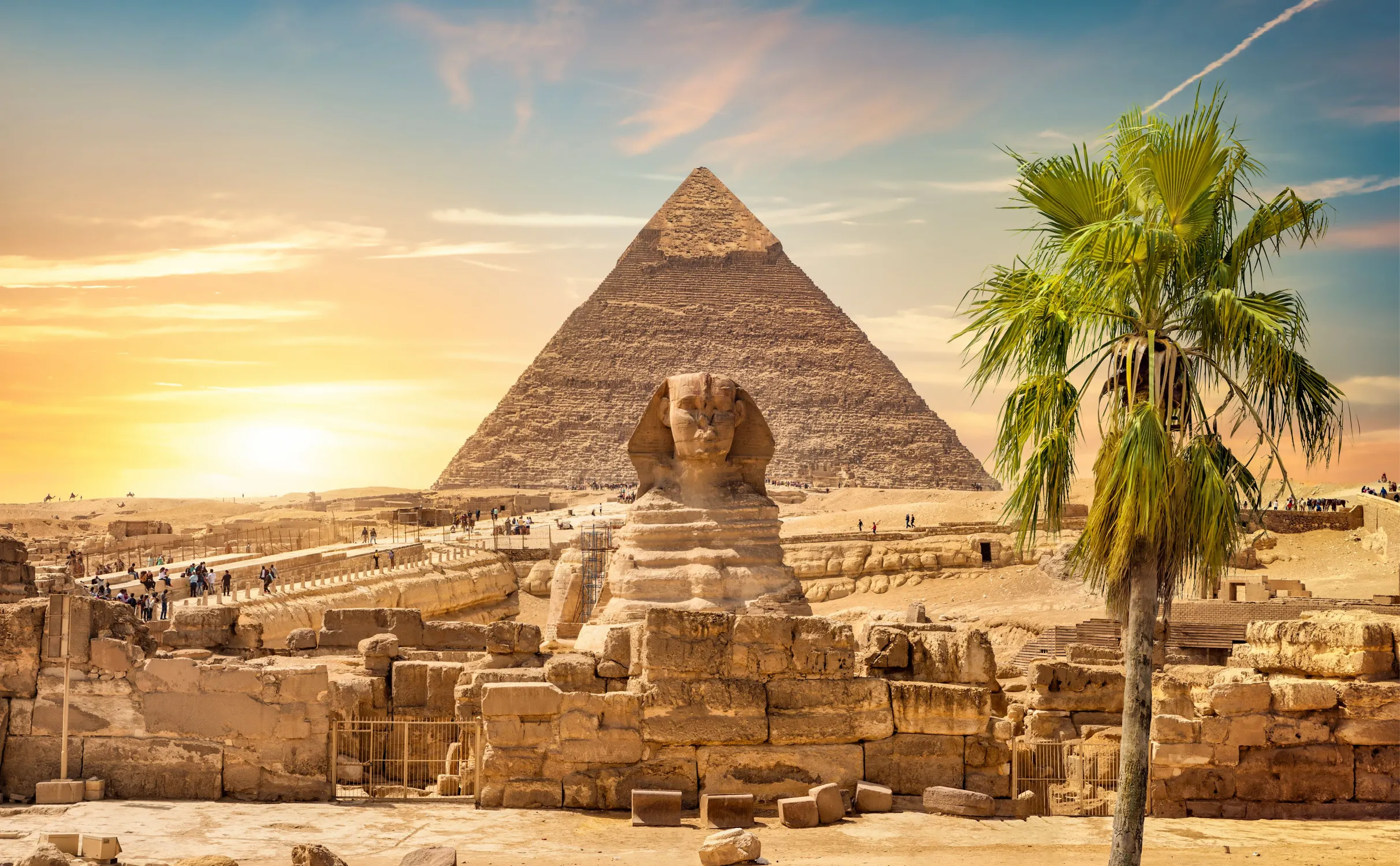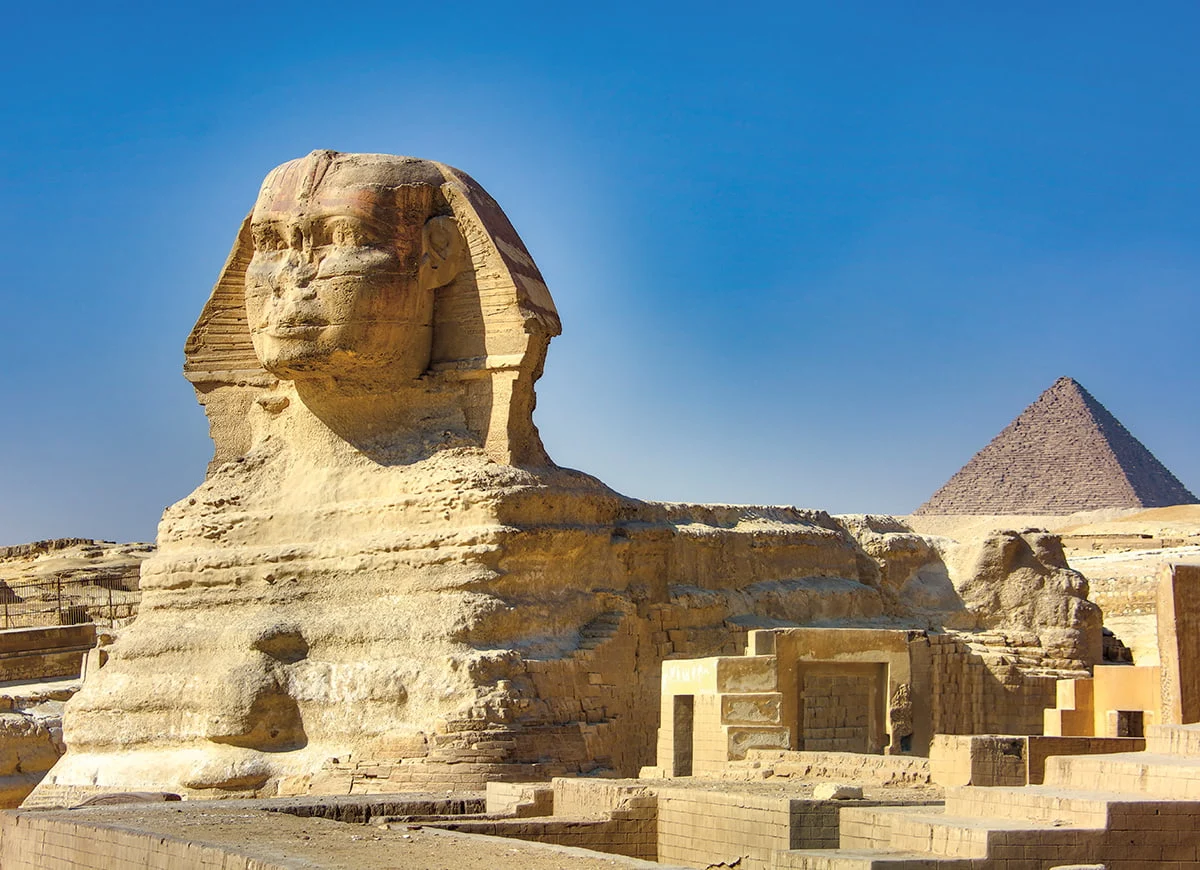
Teaching Art History: A Journey from Confusion to Clarity
Sep 16, 2024
5 min read
7
38
0

During my days as a visual art student at Ghanass (Ghana Senior High School), I struggled to grasp the concept of Art History. Prehistoric art was manageable, Egyptian art felt distant, and Greek art was even more difficult to connect with. My disinterest in these topics persisted until my own experience as a teacher. Now, after practicing for over a decade, I’ve come to understand and appreciate the significant importance of Art History, particularly in General Knowledge in Art (G.K.A.).
Looking back, I realize the teaching methods made it difficult to connect with the content. The belief systems, artistic techniques, and cultural relevance of ancient artworks, which were vital in shaping today’s art practices, were lost in translation. However, after years of teaching, I’ve come to see that Art History is not just important—it is foundational to fully understanding and practicing art.
The Link Between Art History and Practical Art
Art History is often perceived as detached from the practicalities of art. In reality, understanding the evolution of artistic movements and the cultural contexts behind them deepens one’s approach to creating art. From the early centuries to modern times, movements like the Renaissance, Impressionism, and Modernism are not just historical milestones; they are blueprints of artistic expression that inform techniques, ideas, and innovations still relevant today.
The Challenge with Art History in Schools
Upon reflection, I realized that the method of delivery was one of the major reasons I didn’t fully grasp Art History back in school. It wasn’t necessarily the pedagogy or curriculum—it was how the topic was introduced. Many educators approach history as a collection of dates, facts, and long texts, which reinforces the perception that history is boring. As a result, students feel disconnected from the subject.
In reality, history is a collection of stories—stories that can be engaging, relatable, and enjoyable when told the right way. I like to refer to it as “hi-story” or even “high-story,” because who doesn’t love a good story? I remember back in the late 1990s, we would gather around a bonfire under the glow of the full moon, surrounded by family and friends. One by one, elders would take turns telling stories—dramatic, suspenseful tales that kept us on the edge of our seats, and always left us with a lesson. The characters came alive in our imaginations, and the stories had a way of resonating with us, staying in our memories for years.
That love for stories hasn’t changed. Students still enjoy stories today, but they need to be stories that speak to their realities and experiences. If we approach Art History with the same energy and excitement, by telling stories that connect to their world, we can transform the way students see it—not as a boring collection of facts, but as a dynamic journey through time and culture.
My Teaching Approach: Relating Art History to Real Life
When I began teaching Art History, I saw that students struggled in the same way I had. I realized that many of them weren’t even familiar with basic geographical concepts. For example, when I started a lesson on Greek art, some students didn’t know where Greece was or that someone from Greece is called a Greek. This lack of awareness became even clearer during a conversation I had with one of my students. I asked, just to test her knowledge, “Have you ever been to Africa?” She responded sincerely, “I’ve never traveled to Africa before, I’ve lived only in Ghana all my life.” I was shocked. It made me realize just how disconnected some students are from the world they live in, and I thought, how would someone like this ever grasp Egyptian art, let alone Greek art?
To remedy this, I first introduced them to the geography of the world. I created a large world map with my students, and we spent time identifying continents and countries, including Greece. We made it fun and interactive, with students taking turns naming countries and continents. When it came time to study Egyptian art, I linked it to something familiar—our national football team’s matches against Egypt in the African Cup of Nations. Suddenly, they had a personal connection and were eager to learn more about this country.

As I continued teaching, I realized that it wasn't just geography students struggled with, but also understanding the progression of art styles and periods. For instance, in Greek art, students found it challenging to grasp the differences between the Archaic, Classical, and Hellenistic periods. To make this relatable, I drew parallels to the evolution of Ghanaian music. I explained how, just like in art, Ghanaian music has gone through various phases. There was a time when highlife was the dominant genre, then came boga highlife, followed by hiplife, and now we have afropop and dancehall as the most popular styles. This helped students understand that just as music evolves with time and public tastes, art styles also reflect the cultural and historical moments of their periods. By making these connections, students were able to better understand the dynamics of each artistic period and the styles that defined them.
Connecting Culture to Art History
Once students understood where these countries were located, we could dive into the history. But instead of overwhelming them with long passages from textbooks, we focused on what truly mattered: the people, their culture, their beliefs, and most importantly, their art.
For Egypt, we explored who Egyptians were, their skin color, religion, and lifestyle. We watched videos of modern Egypt, comparing the busy streets of today with ancient times. These connections sparked curiosity and engaged students, turning a dull history lesson into an exciting exploration.
By incorporating the “Managing Talk for Learning” method, we allowed discussions to flow freely, with students contributing ideas and sharing what they knew. This interaction built anticipation and made them want to learn more.
Balancing Information: Focus on the Essentials
While textbooks often present too much information in an attempt to prove the depth of work, I’ve learned to focus on what truly matters. It’s essential to cover the people and their beliefs, but the heart of the lesson lies in understanding their art—how it was created, the techniques they used, and the innovations they introduced.
For each topic, I ensure students explore:
The culture: What was life like in that period?
Their beliefs: How did religion or societal norms influence their art?
Artistic techniques: What innovations did they introduce? How were their art styles unique?
Real-life connections: What lessons can we learn from their art in today’s world?
By honing in on these key aspects, I’ve found that students are more engaged, retain more information, and, most importantly, enjoy learning about Art History.
Conclusion: Reimagining Art History Teaching
Art History has the potential to be one of the most exciting parts of the visual arts curriculum. It’s not just about facts and dates—it’s about stories that connect us to our past and inform our present. By using relatable stories and interactive teaching methods, we can transform Art History from a dry subject into an engaging, thought-provoking journey that excites students and enhances their understanding of art.
I personally invite artists, learners, educators and you my honourable reader to join the conversation. Share your insights, experiences, and ideas on how to make the teaching and learning of Art History more impactful. Together, we can inspire a new generation of students to discover the richness of art’s history and its powerful influence on our world today.
































